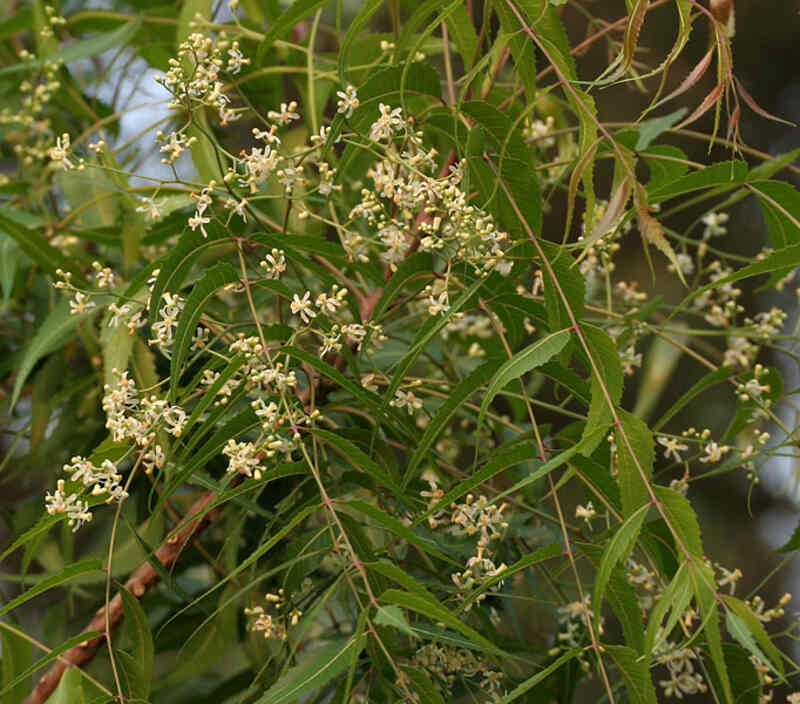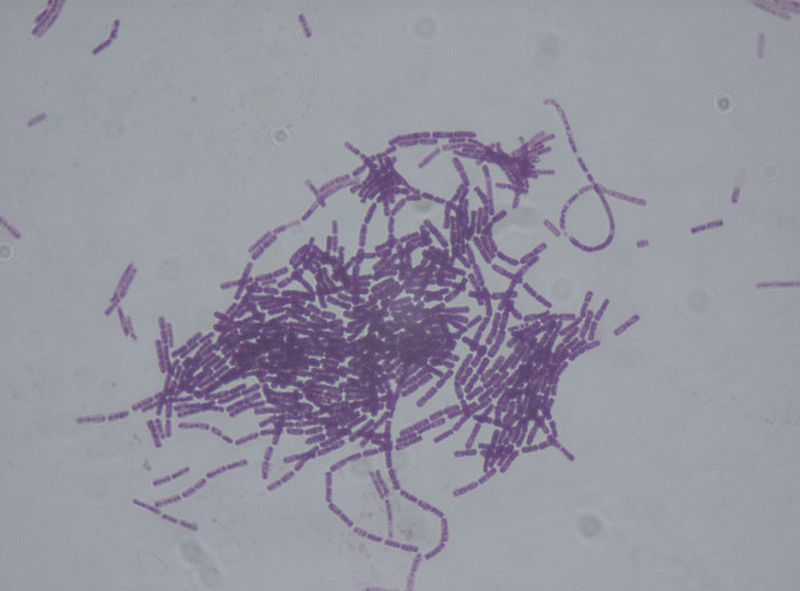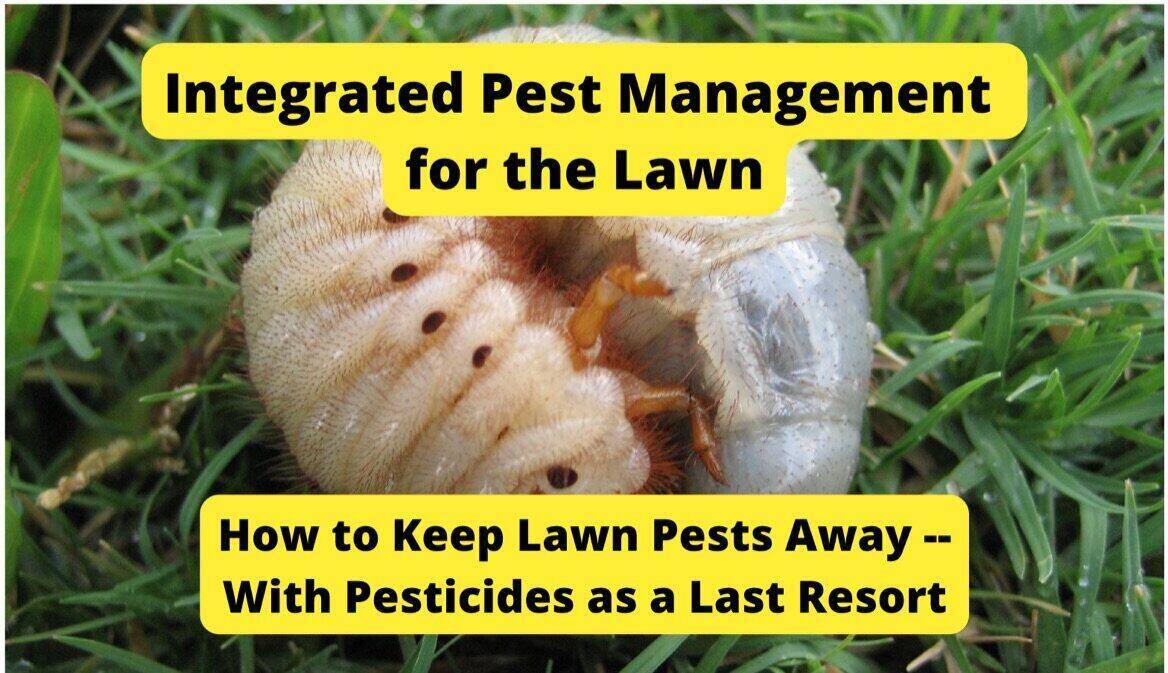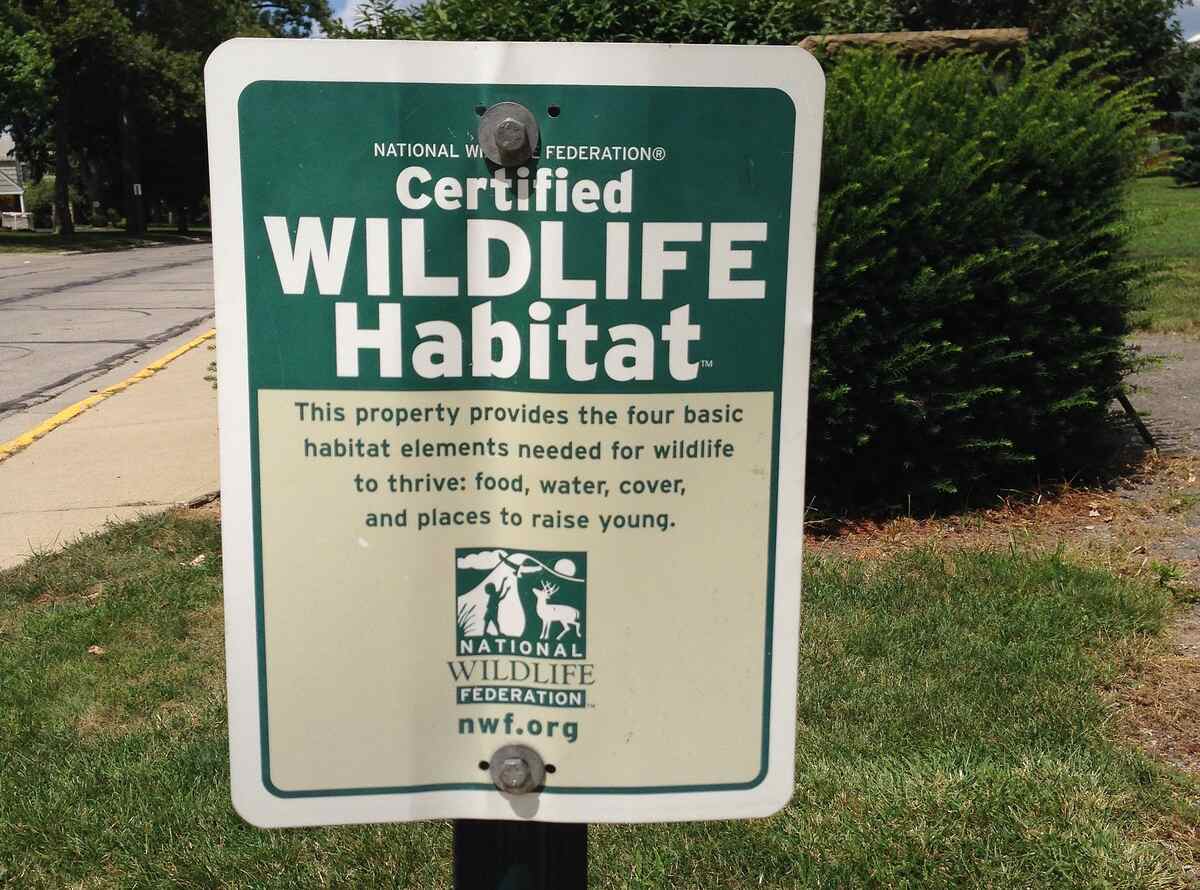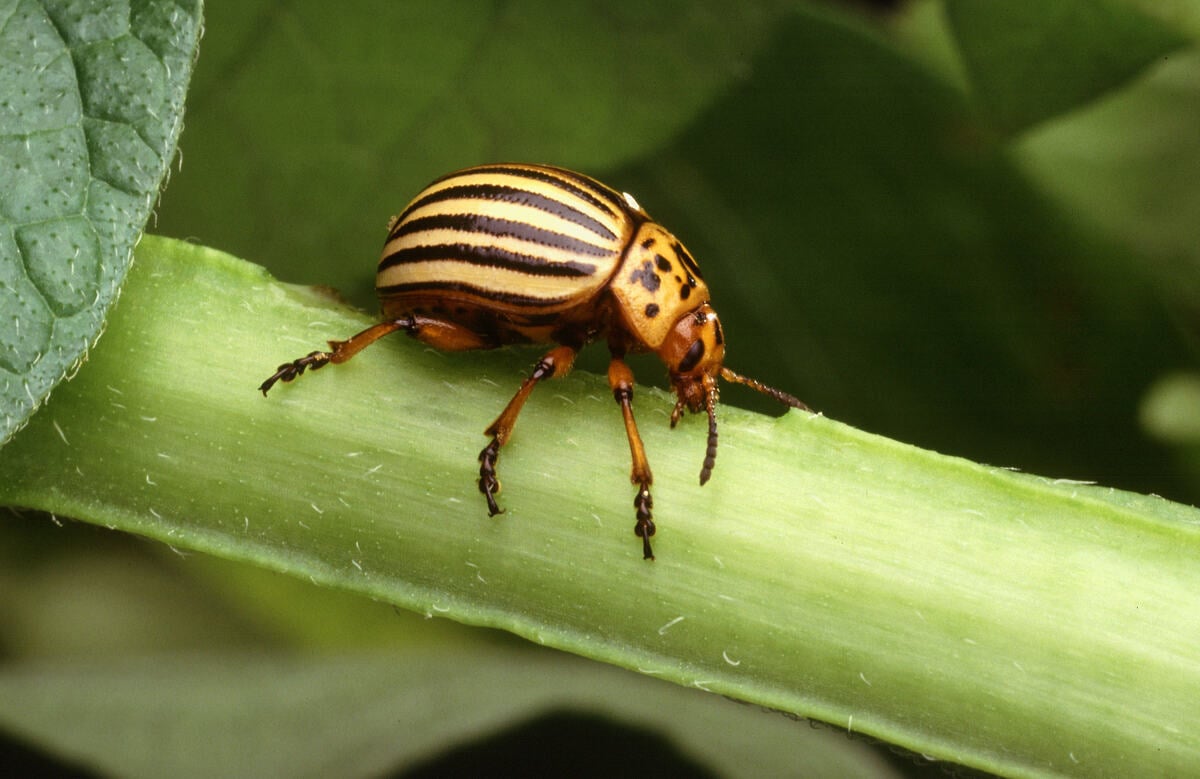
Green living and sustainable plant-care grow more popular by the day. A beautiful, naturally managed, and pest-free lawn is possible thanks to natural pest control for your lawn that works.
Anyone calling their lawn “organic” or natural will need natural means to repel lawn pests. That means synthetic chemical pesticides are out due to their negative effects on wildlife and water quality.
Synthetic vs. Natural Solutions
Note: The terms “natural” and “organic” can be interchangeable depending on the source. Organic can also refer to a USDA certification. If you’re aiming for organic certification, always double check that the products you’re using are approved, as requirements can change.
The difference between synthetic and natural chemicals is that natural chemicals exist in nature while synthetic chemicals are man-made.
How natural solutions may help the lawn: When you start using natural solutions, you focus on healthy and sustainable methods that impact the health of your lawn and local ecosystem.
For example, following basic lawn care practices consistently strengthens the lawn, which means it is more able to handle stresses (drought, disease, insects) without major damage. And homemade compost (don’t throw out those banana peels!) works great as a topdressing material.
Looking to invite more beneficial insects and pollinators to your lawn? Using natural solutions is necessary if you’re aiming towards a Certified Wildlife Habitat for your lawn.
How synthetic solutions may harm the lawn: Synthetic solutions work great for your curb appeal but, unfortunately, mistreat and poison the soil, natural plant life, and nature in general.
For example, to get rid of grubs in your lawn, carbaryl is sometimes recommended. However, carbaryl is toxic to earthworms and honeybees. It also kills ants, which sometimes eat beetle eggs. On the other hand, natural solutions, such as beneficial nematodes and milky spore disease, target the grubs but don’t harm beneficial insects.
Natural Lawn Pesticides That Work
Neem Oil
Extracted from a tree native to India (Azadirachta indica), neem oil could be dubbed the ultimate natural pest preventive. It slowly kills insects and gradually prevents them from re-establishing. Because the USDA certified the oil as organic, it can be approved for use under organic certification, including for lawns.
Neem’s active compound, azadirachtin, has been a popular ingredient in some natural pesticides as a “growth regulator,” meaning it interrupts insect growing phases and eventually leads to the death of even the most-hated lawn pests. It may not just interrupt their growth and maturity, but also stop them from reproducing and outright repel them, according to Penn State.
There are some studies showing it could negatively affect some beneficial insects, too, (though it’s not always shown to kill them). This tends to be the case only if these insects are soft-bodied and feed on neem-treated plants in your lawn. If neither is the case, there should be no worries.
Which insects will neem oil control?: The Colorado State University Extension lists neem oil as a recommended alternative natural pest control for target insects including:
- Thrips
- Mealybugs
- Aphids
- Whiteflies
- Caterpillars
- Lace bugs
It can also help control some fungal diseases.
How to apply neem oil in your lawn: To apply neem oil in your lawn, dilute 2-4 tablespoons in one gallon of water and mix it well. Spray your lawn from multiple angles every seven (curatively) to 14 (preventively) days to ensure thorough coverage.
Doug Sheldon, CEO of Dirt Doctor, Inc. and point person at the Texas Organic Research Center (TORC), notes that “Neem can be effective, but it has to be used within hours of mixing in a liquid,” he said. “The effectiveness is reduced dramatically within hours of mixing, and the dry powder is expensive to purchase.”
Are people or other wildlife at risk? Neem oil is pretty non-toxic to birds, mammals, plants, and bees, but it can be slightly toxic to fish or other aquatic creatures. Bees and other pollinators aren’t usually harmed, as neem oil only kills insects that eat the treated plants.
Diatomaceous Earth
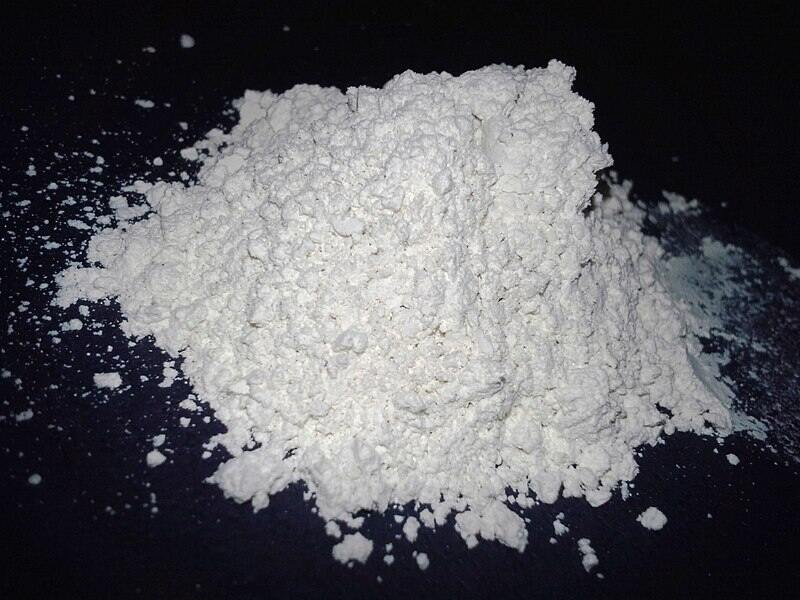
With neem oil spray in your arsenal as a good organic preventive, diatomaceous earth steps in as an excellent curative option when for rough turfgrass pest problems. It will also keep your lawn in that environmentally friendly “organic” category, no questions asked.
According to David Curtis and George Serrill, co-owners at EnviroTech Soil Solutions Inc. — a company specializing in diatomaceous earth products — diatomaceous earth is virtually harmless (to nonpests, that is) and easy to certify organic. It also poses incredibly limited dangers to beneficial pollinators, making it even more appealing to lawn and nature lovers.
How can diatomaceous earth kill lawn pests while sparing almost everything else? Curtis and Serrill say diatomaceous earth acts at a microscopic level: it acts like shards of glass for pests when applied to plants, or directly on the pests themselves.
Which insects will diatomaceous earth control?
Curtis and Serrill say diatomaceous earth will affect:
- Grasshoppers
- Fleas
- Mites
- Ticks
- Crickets
- Japanese beetles
How to apply diatomaceous earth in your lawn: To apply, mix one pound of diatomaceous earth with one gallon of water to create a spray. Spray your lawn with the mixture from multiple angles. If pest problems persist, reapply it again in one week.
You can also use it dry. Dusters work well for this.
Are people or other wildlife at risk? Diatomaceous earth doesn’t harm fish, birds, or aquatic invertebrates, nor does it harm humans. However, if humans breathe it in, it can irritate the nose and nasal passages.
Only hard-bodied pests with exoskeletons — and even among those, only those that spend a good amount of time creeping and crawling in your lawn— will be affected. Soft-bodied insects and flying insects won’t be harmed, however, and neither will widely-loved beneficial pollinators including butterflies and bees.
Sulfur
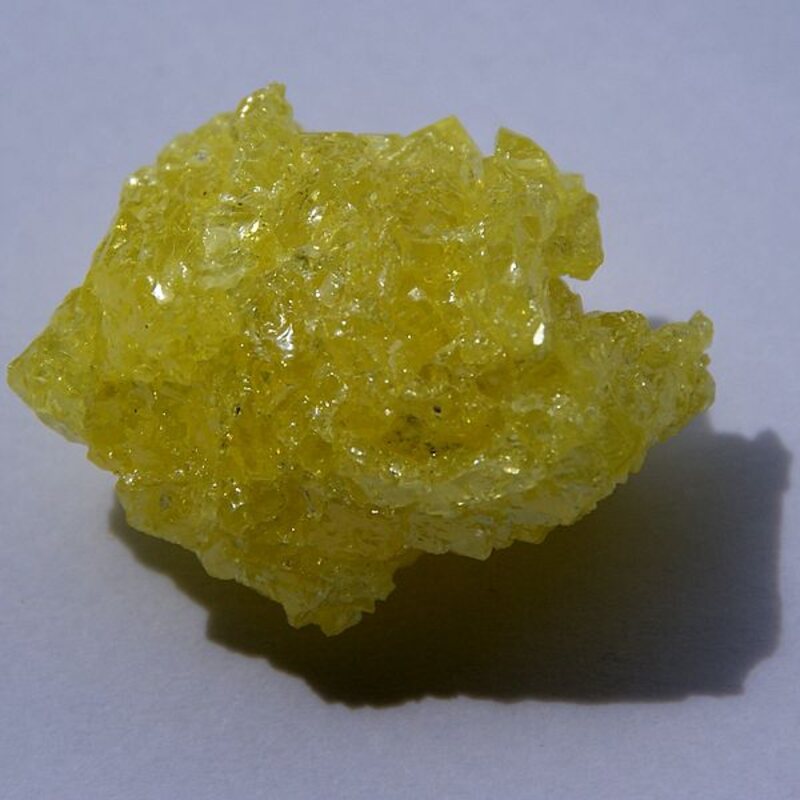
Sulfur is an environmental element that has been used as a registered pesticide in the United States since the 1920s. Sulfur destroys insects’ ability to produce energy (thereby killing them). You can purchase sulfur in dust, liquid, or granular forms in products designed to control insects, fungi, and rodents. Sulfur is also used as a soil acidifier.
Be warned: Sulfur can irritate your skin and eyes, so wear protective clothing when you apply.
Which insects will sulfur control?
Sulfur controls:
- Mites
- Thrips
- Psyllids
- Ticks
- Chiggers
- Spiders
- Other arachnids
How to apply sulfur in your lawn: You can apply this pesticide as a dust, wettable powder, paste, or liquid. Avoid applying when temperatures are above 80 degrees Fahrenheit, as sulfur can damage plants in hot, dry weather.
Are people or other wildlife at risk? Sulfur is low in toxicity to people, but ingesting too much can cause a burning sensation. It can also blur your vision.
Sulfur can be toxic to animals — if they inhale too much, it can cause stomach and intestinal problems, or even brain damage.
Spinosad
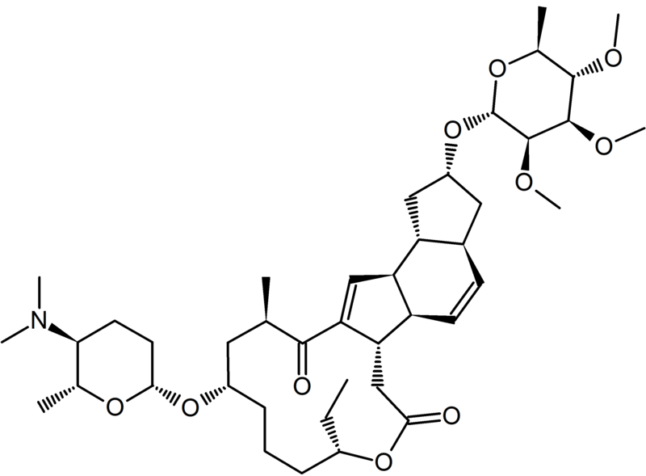
Spinosad (SPIN-o-sad or spin-O-sad) is derived from the soil bacterium Saccharopolyspora spinosa. As insects contact or ingest treated plant material, spinosad damages their nervous system, causing their muscles to flex uncontrollably. They are eventually paralyzed and die in one to two days.
There are over 80 registered pesticide products containing spinosad in the forms of sprays, dusts, granules, and pellets. The sprays are labeled for use on lawns, ornamentals, and vegetables, while the granules are sold as fire ant bait to be used in landscapes and vegetable gardens.
Which insects will spinosad control?
- Fire ants
- Caterpillars
- Caterpillar borers on fruit trees
- Leaf miners
- Thrips
- Beetles
- Spider mites
- Mosquitoes
- Ants
- Fruit flies
How to apply spinosad in your lawn: Don’t apply to flowering plants. Spray the plants late in the day to reduce harmful effects on pollinators.
Are people or other wildlife at risk? Spinosad is low in toxicity to mammals and people.
How toxic spinosad is to other wildlife varies between species:
- Non-toxic: Mammals, birds (depends on species), fish (depending on the species), beneficial insects
- Moderately toxic: Birds (depends on species), fish (depending on the species), aquatic invertebrates, earthworms
- Highly toxic: Bees, eastern oysters
Bacillus Thuringiensis
Bacillus thuringiensis, or Bt, is a soil-dwelling bacteria that is the most commonly used biological pesticide worldwide. Its spores damage the gut of insect larvae after they eat them, breaking down the larvae’s gut lining and causing them to die of infection and starvation. Bt products come in sprays, concentrates, pellets, dusts, and granules.
Which insects will Bt control?
Bt exists in several different strains, all of which target different pests:
- Bt israelensis: Mosquito, black fly, and fungus gnat larvae
- Bt aizawai: Moth larvae
- Bt kurstaki: Caterpillar pests (e.g. gypsy moths)
- Bt san diego: Beetle larvae (e.g. Colorado potato beetle, elm leaf beetle)
- Bt tenebrionis / Bt japonensis: Beetle pests
How to apply Bt in your lawn: Most forms of Bt come in a spray bottle, so you can just spray the tops and bottoms of leaves, killing any leaf-eating pests that eat them. Make sure to apply the Bt carefully so you only target the problematic pests.
Are people or other wildlife at risk? Bt is very low in toxicity to other mammals and people when inhaled, and low in toxicity when eaten. People are not at risk of getting sick or an infection due to exposure, but some pesticide products can cause skin and eye irritation. Bt doesn’t affect aquatic life.
Folklore Pesticide Recipes: Organic, But Unproven
If mainstream insecticides are out, what’s in?
When looking up the best natural, non harmful pesticides (also called biopesticides), you will find a wealth of homemade pesticide remedies.
No doubt: Many plants have insecticidal qualities. That has led to a host of popular concoctions of dish soap, vegetable oil, cayenne pepper, and essential oils passed around on the internet. They sound like eco-friendly ways to deal with garden pests and avoid chemical pesticides. But there’s one problem: Little evidence says they work well in integrated pest management for the lawn.
Do they work? Claims of effectiveness tend to be anecdotal. For every gardener who says liquid soap slew the spider mites on the begonias, you’ll find another who confesses the neighborhood lizards found croton leaves even more delicious after a garlic spray.
Luckily for homeowners and newbie organic gardeners, there are recommended organic, natural insecticides professionals rely on. They’re used by organic lawn care specialists and organic farmers who must get their fields certified as organic.
If you do have that dream of a stunning lawn that you could certify organic, know that it’s possible with these natural lawn pesticides: neem oil, diatomaceous earth, sulfur, spinosad, and Bt. And yes— they work.
What Natural Pesticides Should You Avoid?
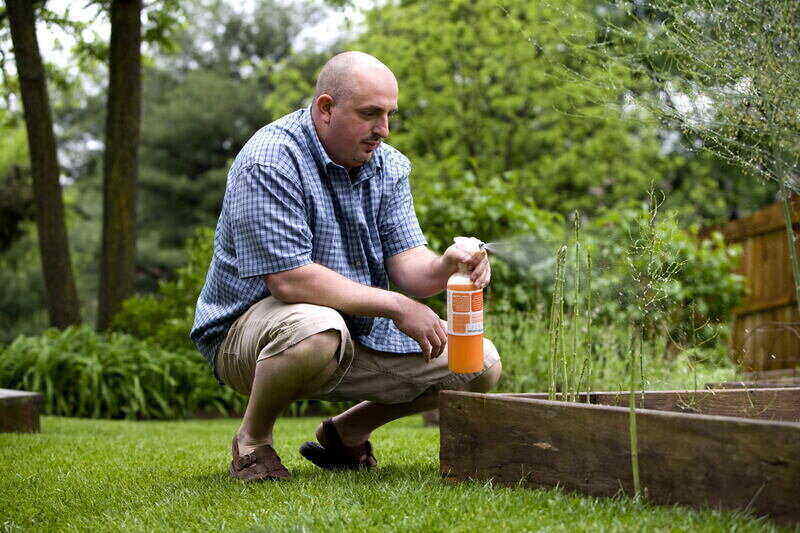
To make this question more specific: Which organic pesticides don’t work as well as people claim? Sheldon at Dirt Doctor has a bone to pick with one widely used (and internet-recommended) pesticide in particular: insecticidal soap.
When asked if insecticidal soaps work, Sheldon said, “Yes, but there are much better products today that target specific pests.” He mentioned research in 2017 showing that insecticidal soaps simply don’t work well as a broad-spectrum pest repellent (and may not target as many insects as diatomaceous earth or neem oil might target).
Insecticidal soaps can help decimate soft-bodied pests (or the larval stages of hard-bodied pests) when applied occasionally. They aren’t as good against hard-bodied ones.
Bottom line: The more you apply insecticidal soaps against the same population of lawn interlopers, the more resistant they will get to the applications. With repeated use, you’ll have to switch to something else. Your best bet is to save the hot-pepper-cooking-oil-garlic spray for your pizza, and try these five vetted biopesticides.
FAQs
Yes, because even though natural and synthetic pesticides cost about the same in the short run, natural pesticides need more frequent application than synthetic ones, making them more expensive in the long run.
Yes, because natural pesticides aren’t poisonous to humans if applied according to the label. Just remember to wash your produce before eating it!
Natural pesticides have many benefits:
• Protect the ecosystem by allowing users to be more selective in which garden pests they target
• Are less harmful or not harmful to beneficial insects like bees, ladybugs, and butterflies
• Decompose quickly, meaning you can better protect your waterways from contaminated runoff
On the other hand, synthetic pesticides:
• Often kill or harm non-target, beneficial insects (and sometimes harm the animals that eat them)
• Don’t rot in the environment, which increases the risk of animals being exposed to toxic, non-selective pesticides
Applying pesticides is a straightforward DIY task for any gardener. However, there are several precautions you should take before doing so:
• Read the label thoroughly. Just because a pesticide is natural doesn’t mean it’s safe. Pay close attention to any warning or toxicity labels the product may have.
• Follow instructions. Product labels show you how to apply the pesticide safely.
• Understand your target pests. As long as you follow certain precautions, you should be able to target pests selectively. If you misuse the pesticide, it may not be safe for pollinators.
• Read first aid information. Some pesticides may irritate your eyes, skin, and lungs. Prepare a first aid plan just in case you get exposed.
• Wear the right equipment. Wear long-sleeved shirts, pants, socks, chemical-resistant gloves, and a protective mask to avoid inhaling chemicals.
Getting a Green Thumbs Up
Call a lawn care professional to fix the problem if you’re applying natural lawn pesticides to no avail, or a disease has taken over your garden. Give that green thumb of yours a rest.
Disclaimer: This information is for educational use only. Always follow the directions on the product label.
Main Image Credit: U.S. Department of Agriculture / Flickr / CC BY 2.0
